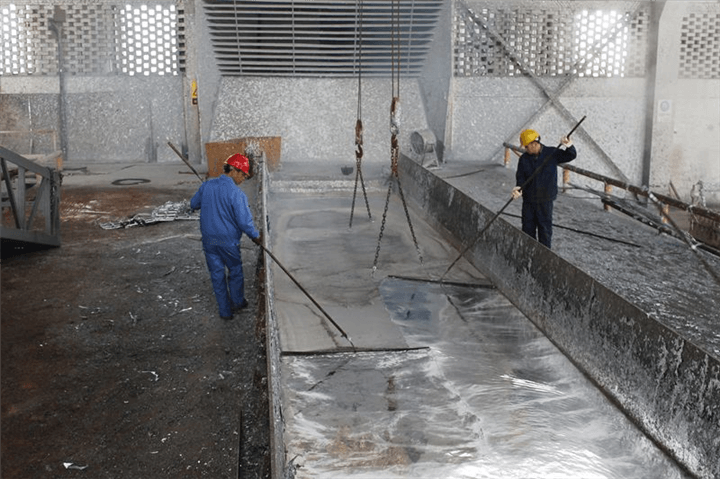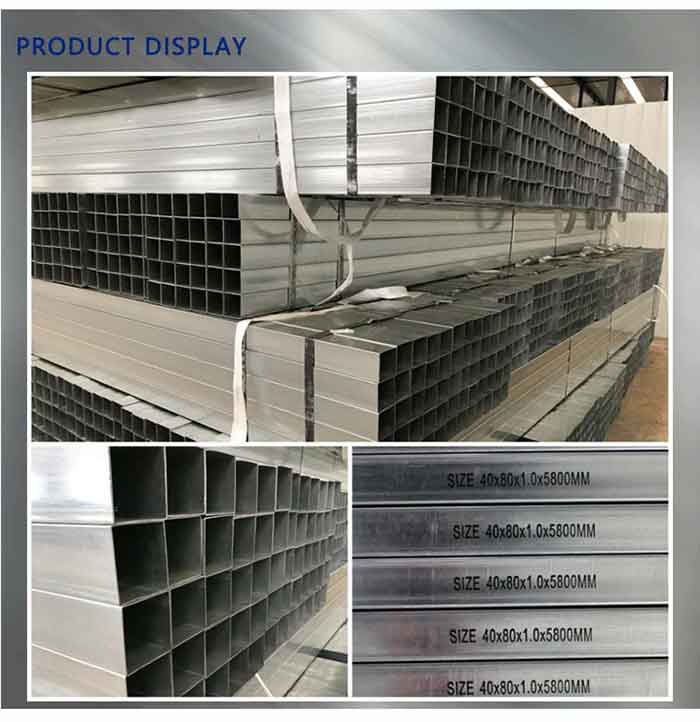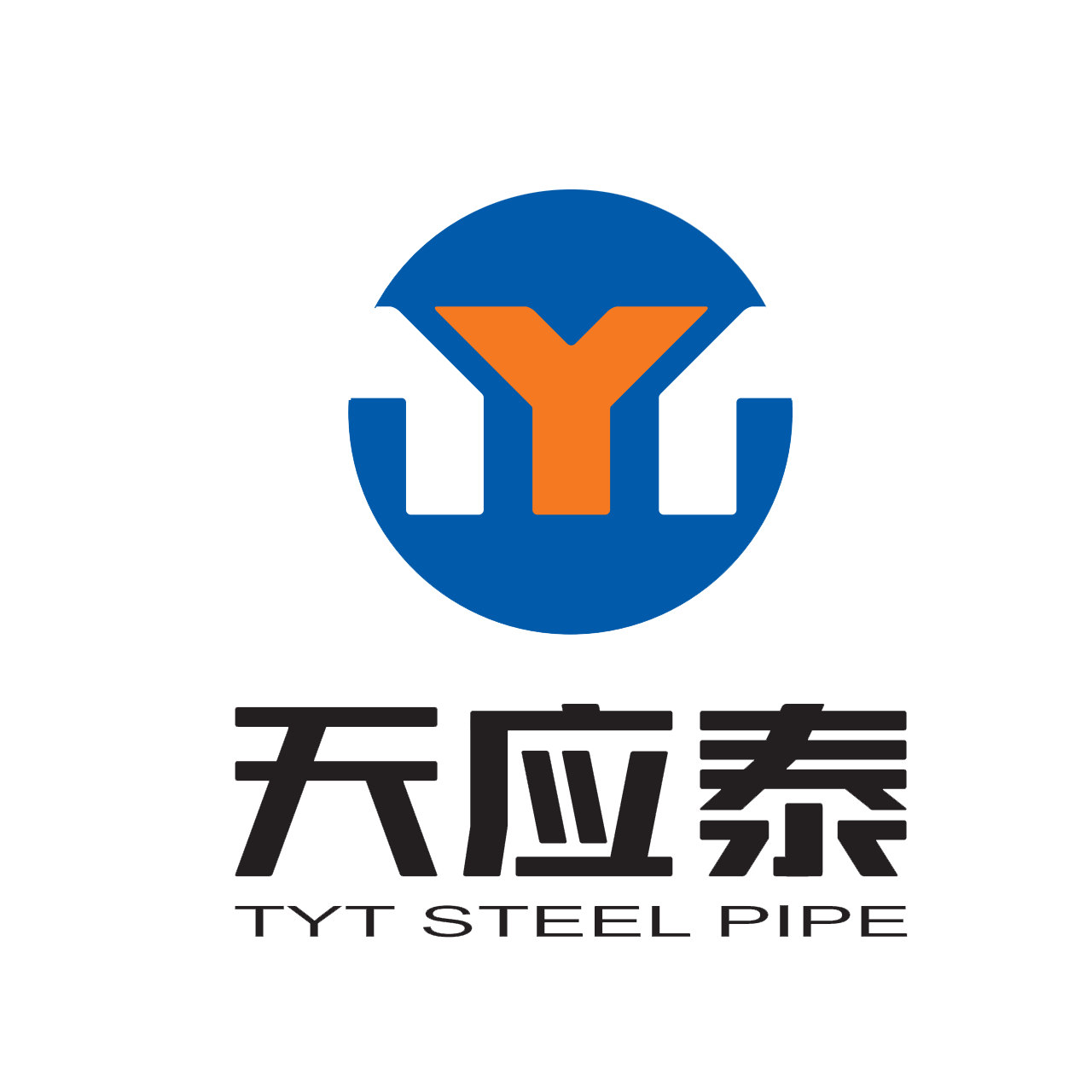Hello, this is Max from TYTSTEEL. Steel is exceptionally well protected against corrosion by the hot-dip galvanizing (HDG) process, which is widely used in many sectors. We will explore the history of HDG, its numerous pros and limitations, along with in-depth case studies, in this thorough overview. In addition, we will offer a thorough analysis of the HDG procedure, emphasizing its crucial steps, technical issues, and quality assurance procedures. Finally, we will investigate HDG’s long-term durability in various situations, highlighting its dependability and economic viability. You will have a thorough understanding of HDG and its applications by the end of this article.
The steel is then submerged at a temperature of around 450°C (842°F) in a bath of molten zinc. In the galvanizing process, the zinc bath’s composition is crucial. It is made of highly pure zinc, guaranteeing the desired coating qualities. Additionally, certain alloys or fluxes may be included in the bath to improve the galvanizing procedure. For a high-quality HDG coating to be produced, the proper temperature, zinc purity, and alloy composition must all be maintained.
Zinc and steel form a metallurgical link during the immersion in the zinc bath, adding a layer of protection. After carefully removing the steel from the bath and cooling it, the zinc can solidify and form a continuous coating. To assure compliance with industry standards, maintain optimal performance, and ensure lifespan, stringent quality control procedures are used throughout the HDG process.

Visual inspections are a part of these quality control procedures to evaluate surface imperfections and coating consistency. To make sure the desired thickness is reached, measurements of coating thickness are taken. For these measurements, industry standards like those outlined by ASTM serve as recommendations. Utilizing non-destructive testing methods like X-ray or ultrasonic inspection, it is possible to evaluate the HDG coating’s integrity and find any potential flaws or imperfections.
How Long Does HDG Last in Different Environments?
One of HDG’s most outstanding qualities is its high durability in a variety of settings, which makes it perfect for a variety of applications. HDG-coated structures have shown extraordinary resilience to air corrosion in both rural and urban settings, providing decades of maintenance-free service. In coastal areas where steel is exposed to high levels of salt and moisture, the comprehensive protection offered by HDG maintains the structural integrity of crucial infrastructure. HDG has demonstrated to be a reliable barrier, extending the lifespan of steel components even in extremely corrosive conditions like industrial settings or chemical plants.
Additional case studies from different industries might offer insightful information and tangible proof of the efficacy of HDG, highlighting its dependability and affordability. Let’s look at a few noteworthy instances:
Construction:
HDG has been widely utilized to safeguard structural steel components in the construction sector. For instance, the long-term toughness of HDG was demonstrated by a sizable bridge project crossing a severely corrosive maritime environment. The HDG-coated steel elements endured the challenging circumstances, such as saltwater exposure and regular temperature changes, for more than three decades without needing any significant maintenance or repairs. This case study demonstrates how HDG may lengthen the useful life of essential infrastructure while decreasing maintenance expenses.
Steel components used in the transportation industry are subjected to a variety of environmental conditions, hence HDG is essential in this industry. A case study on railway infrastructure showed how well HDG works to stop corrosion and maintain the integrity of steel structures. Even in areas with high pollution and temperature variations, the HDG-coated railings, support beams, and other steel components demonstrated outstanding resistance to air corrosion. HDG helps to increase the overall cost-effectiveness of transportation systems by reducing the need for regular maintenance and replacement.
Petrochemical Industry:
HDG offers dependable protection for steel equipment and structures in extremely corrosive environments like petrochemical plants. The ability of HDG to endure exposure to corrosive chemicals, high temperatures, and humidity was demonstrated in a case study involving a chemical processing facility. Over a lengthy period, the HDG-coated steel components showed little corrosion, which resulted in significant cost savings by lowering downtime, maintenance costs, and replacement requirements.
Infrastructure for Renewable Energy:
HDG is increasingly used in the renewable energy industry, where steel equipment and structures must withstand harsh environmental conditions. For instance, HDG-coated support structures in solar power installations have proven to offer outstanding resistance to air corrosion, assuring the long-term performance and stability of the solar panels. Similar to this, HDG has demonstrated its efficacy in shielding steel foundations in offshore wind farms from the corrosive effects of seawater and salt-laden air. These case studies demonstrate how HDG may improve the dependability and sustainability of the infrastructure supporting renewable energy sources.
We can see the adaptability and efficiency of HDG in many situations by adding a variety of case studies from industries like construction, transportation, petrochemicals, and renewable energy. These practical examples demonstrate how HDG is a reliable, cost-effective, and long-lasting option for corrosion protection in a variety of applications.
Emerging Technologies and Innovations:
The area of HDG is still developing, with continuing research and development concentrating on cutting-edge methods and emerging technologies. Some notable developments include:
Surface Preparation Methods:
To improve the cleanliness and surface profile of steel prior to the HDG process, researchers are investigating cutting-edge surface preparation techniques like laser cleaning and abrasive blasting. These methods seek to increase corrosion resistance overall and coating adhesion.
Enhancements to Alloys and Coatings:
Research is being done to create new alloy compositions and coatings that provide better corrosion protection and other desirable qualities. These developments are meant to increase the HDG coatings’ performance in particular situations and further increase their longevity.
Process Optimization:
To create more effective and ecologically friendly HDG processes, researchers are looking into various process optimization techniques, such as altered galvanizing settings and cutting-edge equipment designs. These developments are meant to make the galvanizing process more energy-efficient, produce less waste, and be more environmentally friendly overall.
Professionals in the industry can embrace new techniques and materials that further improve the performance, sustainability, and cost-effectiveness of HDG coatings by keeping up with evolving technologies and breakthroughs in the field of HDG.
In conclusion, hot-dip galvanizing (HDG) has a long history and is still favored in many industries as a way to prevent corrosion in steel. It is a dependable and affordable solution due to its many advantages, which include outstanding corrosion resistance, homogeneous coating thickness, and less maintenance needs.
Professionals in the business can recognize the significance and wide range of uses of HDG by comprehending its historical context, the intricate HDG process, and its long-term durability in many situations. For safeguarding vital infrastructure, lengthening the lifespan of transportation systems, and guaranteeing the longevity of steel parts, HDG provides a complete and trustworthy solution.

The adhesion and corrosion protection of HDG coatings can be enhanced by using the right surface preparation methods, such as mechanical cleaning and chemical cleaning. To produce coatings of a high caliber, it is essential to maintain the ideal conditions for the zinc bath, including temperature, purity of the zinc, and alloy composition. The dependability and performance of HDG coatings are guaranteed by stringent quality control procedures, which include visual inspections, measurements of the coating thickness, and conformity to industry standards.
Case studies have been used widely to show how durable HDG is over time in a variety of situations, including urban areas, industrial settings, and coastal locations. These actual cases demonstrate how well HDG works to prevent corrosion and increase the lifespan of steel components and buildings.
The development of HDG is also being fueled by continual improvements in surface preparation methods, alloy compositions, and process optimization. These new technologies aspire to boost HDG coatings’ efficiency, sustainability, and affordability even more.
Industry experts can extend the life and performance of steel structures, save maintenance costs, and protect priceless assets by utilizing HDG. HDG provides a dependable and affordable solution for corrosion prevention, whether it’s for safeguarding vital infrastructure, guaranteeing the toughness of transportation systems, or boosting the sustainability of renewable energy infrastructure.
Here are some videos of hot-dip galvanized pipes for your reference
1.What’s Hot dipped galvanized steel pipe?
2.TYT Galvanized Steel Pipe丨The Process of Hot Dip Galvanized Steel Pipe
